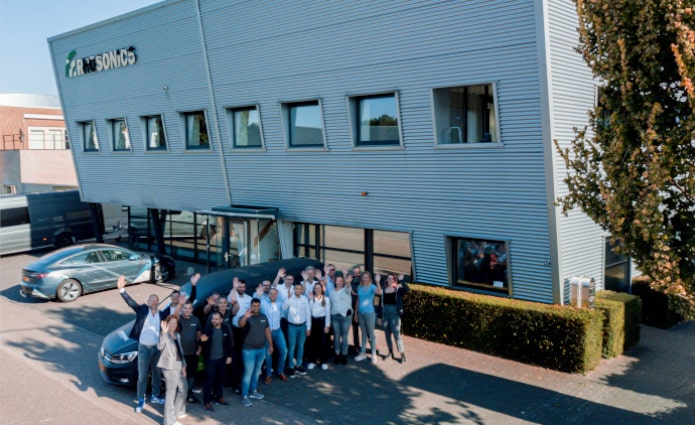Optimizing mineral processing operations
Wednesday 10 May 2023
Mineral processing plants process minerals extracted from ore deposits. The design phase begins after the feasibility studies when engineers make choices based on anticipated production volumes. They size the plant’s design, equipment, and piping according to these production volumes. This design must be suitable to withstand the entire life of the mine.
The Importance of Regular Plant Design Evaluation and Updates
Production targets can change over time due to new ore body discoveries or price fluctuations. Unforeseen process changes affect plant efficiency and stability requiring, for example, excessive use of consumables and water for process control. Thus, regular evaluation and upgrading of the plant’s design is crucial to maintain its optimization for current production demands.
Plant adjustments must be made uniformly to avoid downstream issues. For example, equipment upgrades only in the comminution stage can cause problems with undersized equipment in downstream processes. This leads to inefficient operation or even downtime when ore accumulates in sumps, flotation cells, and thickener tanks.
The Critical Role of Instrumentation in Process Automation
Process automation implementation can make a positive difference. It allows for more predictable and controllable processes, preventing downtime due to unexpected changes, and increasing revenue. Instrumentation plays a crucial role in monitoring critical process parameters, making the operation less reliant on operator observations and experience.
Reliable and accurate instrumentation makes life easier, allowing the operation to run at its set targets.
From Basic to Advanced: Control Strategies for process optimization
Control loops maintain optimal process conditions and prevent inefficiencies in mineral processing. Sensors measure parameters such as flow, density and level, and the control system adjusts process parameters based on these measurements. The process can be controlled by adjusting variables such as flow rate or chemical dosing, to maintain the desired conditions.
Engineers can implement different control strategies and technologies, including basic, intermediate, and advanced methods. An advanced method could be implementing a Model Predictive Controller (MPC). MPC predicts process behavior using mathematical models and optimizes process parameters in real-time.
While MPC can optimize grinding circuits, flotation, and other processes, it requires significant expertise and resources. Intermediate control methods are more commonly used as they handle critical process parameters with lower capital investments.
Measuring and Monitoring in Mineral Beneficiation Plants
Process engineers want to calculate the mass balance in different stages throughout the mineral processing plant. They want to monitor this critical variable because it tells them how much ore is entering and leaving the process. It can be calculated using the measurements of in-line flow- and density meters.
Other critical parameters that are measured in the plant are particle size, pressure, temperature, ore grade and levels in tanks.
Typically, processing plants are equipped with magnetic flow meters for volumetric flow measurement and density meters for slurry density measurement. While gamma-ray densitometers traditionally monitor slurry density, non-nuclear alternatives are increasingly popular.
The Rhosonics SDM – Slurry Density Meter is the most renowned sustainable technology for slurry density measurements in the mining industry.
Mineral Processing Optimization: Final Conclusions and Recommendations
In conclusion, optimizing mineral processing operations can lead to increased efficiency, productivity, and profitability. Control strategies and instrumentation are crucial as production volumes change and new challenges arise. Automation and real-time monitoring systems can minimize downtime and unexpected process changes, allowing for a more stable operation.
While advanced control loops can lead to a fully automated plant, they require significant expertise and resources. Therefore, engineers typically use basic and intermediate systems to monitor and control the process. They use instrumentation to monitor critical process parameters, such as flow, density, pressure and level in real-time.
These techniques and technologies help to improve the mineral processing operation, achieving more stability, reliability, predictability, and ultimately profitability.

Want to have frequent updates on our products? Then please subscribe to our newsletter or follow us on our social media accounts at LinkedIn, Twitter and Instagram.
Receive our technical update?
Fill in your name and email address and we’ll keep you in the loop on our latest technology updates.



